Thanks to everyone who came out to Colorado for the Fire Adapted Communities Network Annual Conference last week! This was a great gathering with tons of valuable information shared.

BAILEY HEALTHY FORESTS INITIATIVE
For a Fire Adapted Community

Thanks to everyone who came out to Colorado for the Fire Adapted Communities Network Annual Conference last week! This was a great gathering with tons of valuable information shared.
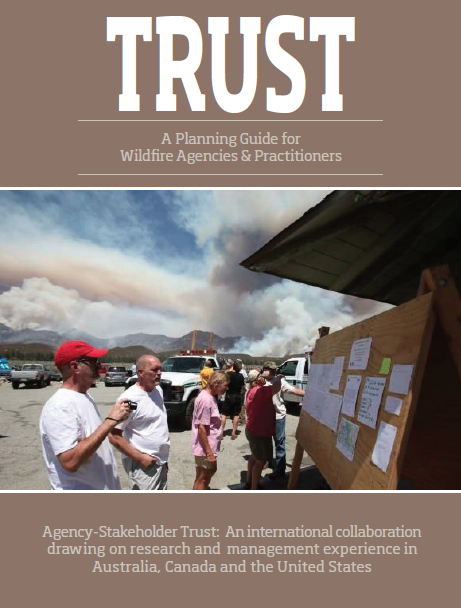
Drawing on research and management experience in Australia, Canada, and the United States, Trust: A Planning Guide for Wildfire Agencies and Practitioners is a great resource for wildfire managers and communities. This document was a collaboration between Oregon State University, U.S. Forest Service, Natural Resources Canada, Canadian Forest Service, University of Alberta, and Charles Sturt University.
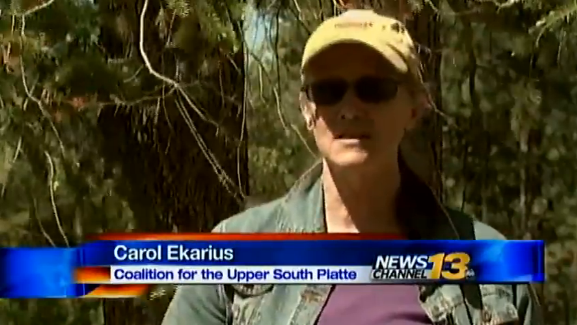
Fire Adapted Communities brings folks working on wildfire mitigation from all over the country together to learn from one another. “It’s a program that brings together people involved in forest fire, forest health and green restoration programs,” said Carol Ekarius, executive director of CUSP. “Between Hayman and Waldo and Black Forest, we’ve seen the impact on communities that fire has.”
The annual conference this week is taking place here in Colorado, hosted by the Coalition for the Upper South Platte. Field trips are showcasing some of the work in the Pikes Peak region before and after wildfire.
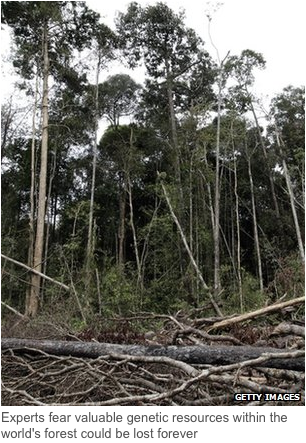
The United Nations is calling for action to improve management of the world’s forest genetic resources. Our forest resources are “essential refuges for biodiversity” and provide us with a tremendous number of products and services, including food supplies. Sustainable management is essential for ensuring these products and services continue to be available.
Learn more in the BBC’s article ‘UN urges action to protect forests’ genetic diversity’
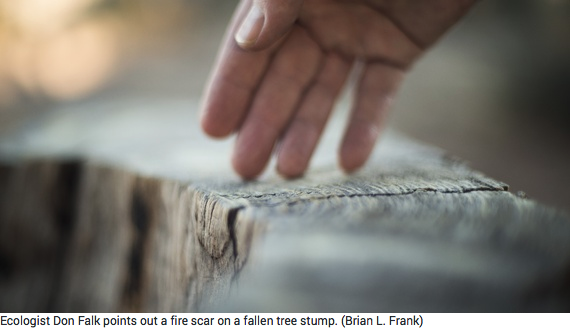
Fire behavior is a tricky thing to predict, but not understanding wildfire movement can have drastic consequences.

The resources below are excellent references for organizing and implementing wildfire restoration events:
NRCS Fact Sheets:
2012 Contour Wattles Fact Sheet
2012 Erosion Control Mats Fact Sheet
2012 Grade Stabilizers (Cross Vane) Fact Sheet
2012 Hand raking Fact Sheet
2012 Log erosion barrier Fact Sheet
2012 Rock Check Dams Fact Sheet
2012 Seeding Fact Sheet
2012 Straw Bale Check Dam Fact Sheet
Willow Planting
Technical Notes on Seeding
Colorado State Forest Service “Vegetative Recovery after Wildfire”
Colorado Seed Laboratory Test Request Worksheet
Example Volunteer Sign Up Form
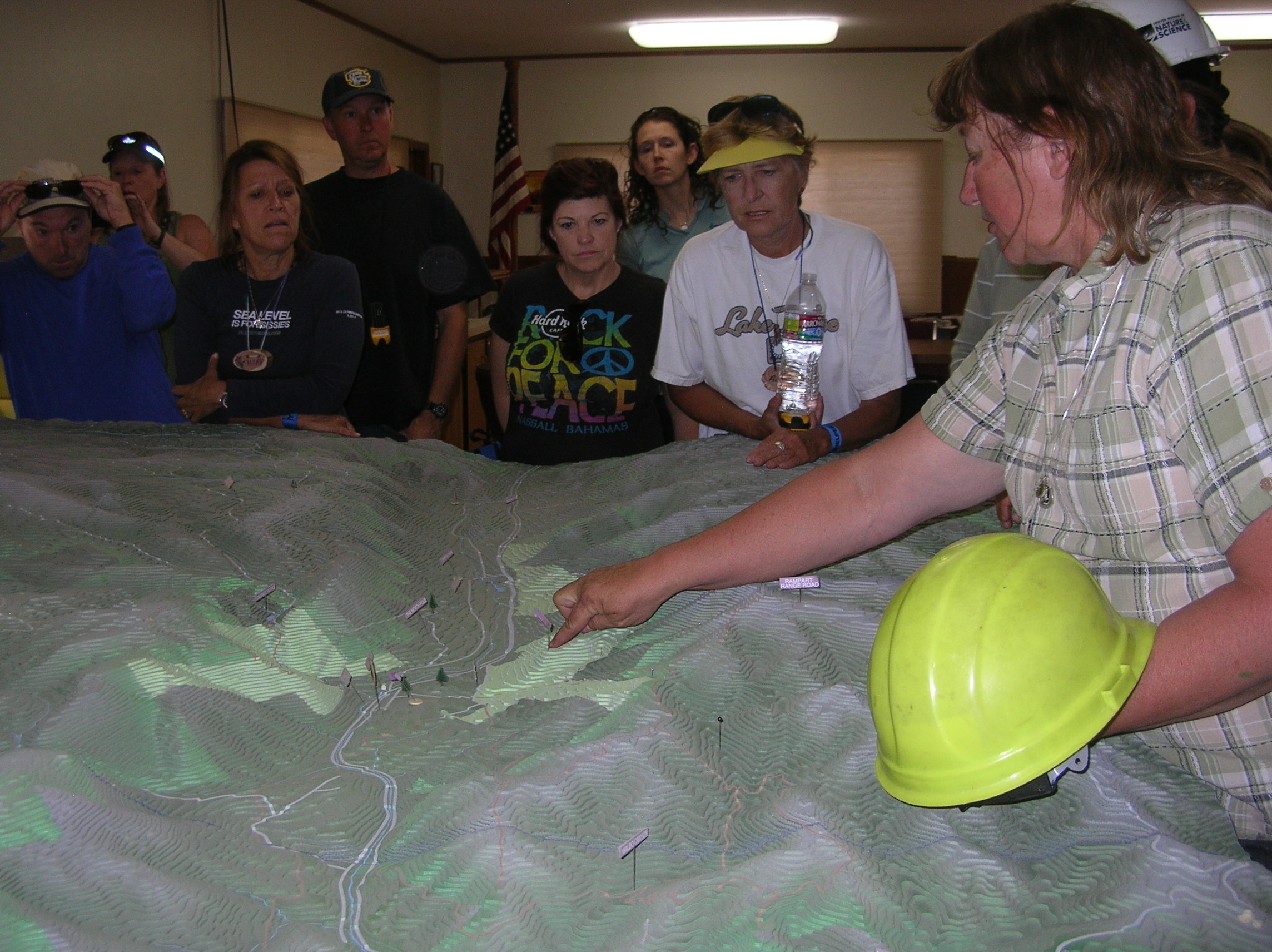
Sign up today for Project Learning Tree’s Fire Ecology Institute for Educators! This hands-on workshop runs from June 16-20 and is a great opportunity to learn more about wildfire and forest ecology, and how you can engage your students in learning about these important topics. The workshop will be held in Florissant, CO at The Nature Place, an ideal location for exploring the forest and the impacts of recent wildfires. The materials and strategies to be presented are appropriate for 3rd-12th grades in formal and non-formal settings, and can easily be integrated into interdisciplinary curriculum. The cost of $250 for the workshop includes lodging, meals, materials, instruction, and field trips for the week. Colorado residents may receive a $100 stipend upon completion of the course, and the workshop is eligible for continuing education credits.
The Coalition for the Upper South Platte (CUSP) is excited to help sponsor this event in our watershed this year. Please support this program and gain skills that you can bring back to your classroom!
Find more information at http://coloradoplt.org/workshop/2014-fire-ecology-institute-for-educators/
You can also contact Shawna Crocker, PLT Coordinator, at scrocker@colostate.edu or 303-278-8822 for more information.
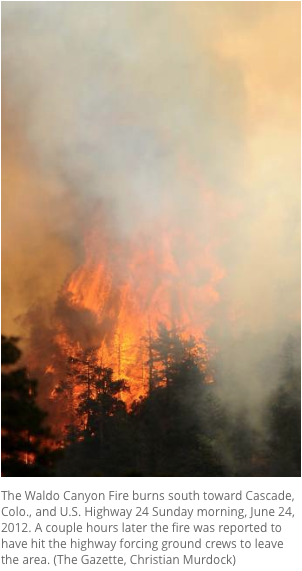
Changes in land use and well intended, but misguided, forest suppression policies drastically altered our forests. Understanding what forests looked like before these changes is important for making forest management decisions as we work to proactively restore forest health and reduce the risks of catastrophic fire.
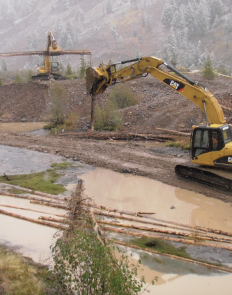
Landscape restoration benefits rural communities. This report by Headwaters Economics provides a way to calculate these economic impacts.
This is a great resource for making the case for restoration and understanding the impact of restoration beyond improved landscapes.
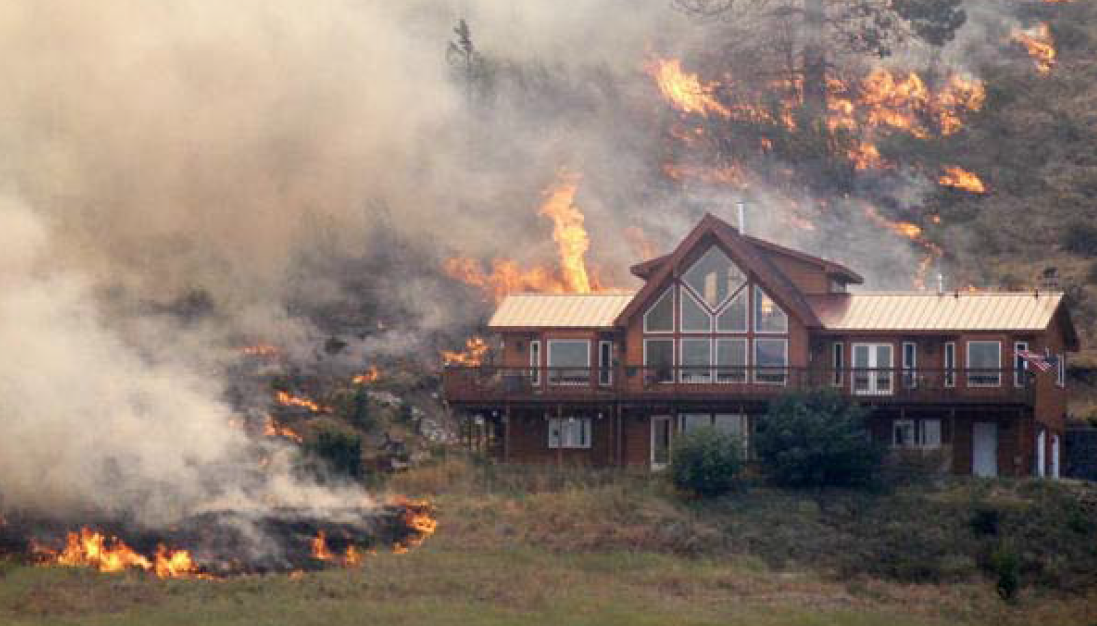
In a study by Headwaters Economics, it was found western communities are doing relatively little to meaningfully respond to wildfire risk. Understanding challenges in high-risk communities is critical for figuring out how policies and proactive measures can reduce risks.
Lessons highlighted include: